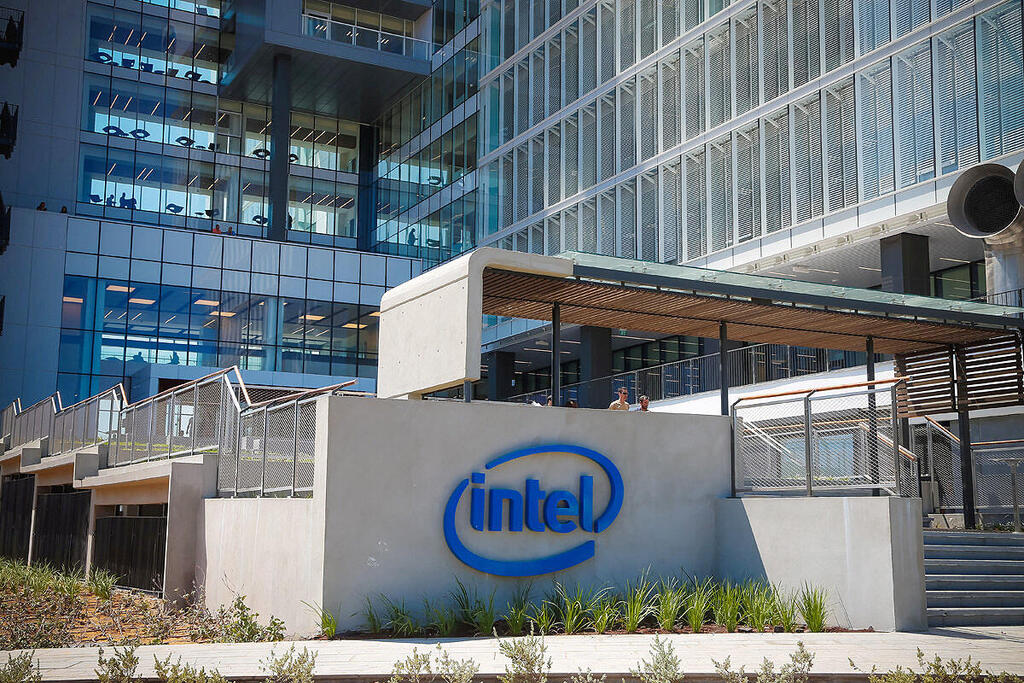
Analysis
Intel's workforce questions its future amid layoffs and shrinking benefits
Intel’s challenges in the AI-driven chip industry are well-documented, as the company strives to pivot away from its traditional PC business and focus on data centers, AI, and foundry services. Yet, for employees, the more immediate reality is a mix of diminishing benefits, increased pressure, and fading morale.
It’s a grim morning at Intel’s Israel offices. The once-bustling kitchenette, long stocked with free coffee, tea, and fresh fruit, is now barren. A simple sign explains the change: complimentary drinks and fruit are no more. The coffee, that humble but cherished perk of office life, is now only available for purchase—a symbolic end to an era at Intel.
For many of Intel’s employees, especially in Israel, this seemingly small change marks a breaking point, the latest in a series of disheartening updates. Over the past year, Intel has announced global layoffs and aggressive cost-cutting measures, including a reduction in stock options and the end of company cars for mid-level managers, alongside hundreds of layoffs in Israel alone. The question on everyone’s mind is no longer hypothetical: ‘Why should I stay at Intel?’
The company’s third-quarter financial results did little to ease concerns, painting a picture of steep losses and restructuring efforts to keep up in a semiconductor market where rivals Nvidia and AMD lead. Intel’s challenges in the AI-driven chip industry are well-documented, as the company strives to pivot away from its traditional PC business and focus on data centers, AI, and foundry services. Yet, for employees, the more immediate reality is a mix of diminishing benefits, increased pressure, and fading morale.
During a town hall meeting meant to address employee concerns earlier this year, Intel’s HR representatives took a hard line, signaling that the current turbulence might stretch over months, or even years. An HR representative summed it up bluntly: “Everyone has to decide if this is the right place for them.” The message was not encouraging. Employees left feeling abandoned, shocked by the perceived indifference to their futures and the dismissive tone. The sense of camaraderie that once defined Intel, a company often lauded for its employee-first ethos, seemed to be waning.
The loss of key employees has only added to the growing sense of unease. Many of Intel’s most seasoned professionals, offered voluntary retirement packages, have chosen to leave. With them, Intel loses decades of collective knowledge, not to mention the leadership needed to guide the company through turbulent times. For those who stay, the challenge has only intensified, as critical projects are suddenly without the architects, directors, and managers who had, until recently, guided them.
Financial struggles are at the heart of Intel’s predicament. CEO Pat Gelsinger has set an ambitious course to reinvent the company, pushing for advancements in data-center chips and courting new partnerships, including a significant one with Amazon. The global layoffs and the 15% reduction in Intel’s workforce worldwide are part of Gelsinger’s $10 billion cost-saving plan, designed to make Intel “leaner” and “simpler.” Yet, there’s a question of whether such cuts will ultimately come at too high a cost for the company’s culture and employee loyalty.
Intel’s own response has been consistent, if not comforting: drastic measures are essential for survival. Yet, each cut to employee benefits and perk reduction, however small, stings. The end of free coffee may sound trivial, but as employees put it, it’s indicative of a shift in Intel’s culture. A series of small indignities, like a diminished kitchen and a reliance on hot water dispensers instead of espresso machines, eats away at morale. It signals that the company is pulling away from its workers, focusing on the bottom line at the expense of everyday comforts that made working there worthwhile.
So, what comes next? For Intel’s employees, many of whom have spent their entire careers within its walls, the calculus is changing. In today’s competitive tech landscape, Intel’s talent is Intel’s lifeline. To keep its workforce from bleeding away to competitors, the company must do more than offer survival strategies and financial projections. It needs a vision that inspires, that reminds employees of Intel’s legacy as a leader in innovation, and that offers a credible promise of stability in a market where they’re constantly reminded of competitors’ successes.
Intel’s best and brightest need to believe that staying isn’t just a good choice, but the right one. To convince them, Intel must prioritize trust and communication, making it clear that, even amidst painful changes, employees remain central to Intel’s future. That means acknowledging the human cost of cost-cutting measures and offering a roadmap that’s about more than simply trimming the budget. Many of the employees have options elsewhere, namely Nvidia which is recruiting by the hundreds in Israel. However, that isn’t true for everyone, especially with the ongoing war in Israel further complicating the already challenging tech landscape.
As Intel navigates this transformation, the choice its employees face isn’t one of mere survival. It’s a question of whether they can see a future where their contributions are valued, where their sacrifices mean more than just a better quarterly report. To rebuild its reputation as a sought-after employer, Intel must reinvest in the well-being of its people, restoring some of the culture that made it a giant of Silicon Valley. Whether through competitive benefits or the return of once-cherished perks, Intel’s leadership has to demonstrate that it’s not only concerned with becoming leaner but also, in a very real sense, with caring for its people.
For Intel’s workforce, the answer to “Why should I stay?” lies somewhere between Gelsinger’s strategic vision and the small, everyday moments that make a company feel like a second home. It’s a challenging line to walk, but if Intel hopes to retain its people—and its edge in the market—it’s a path it can no longer afford to ignore.














